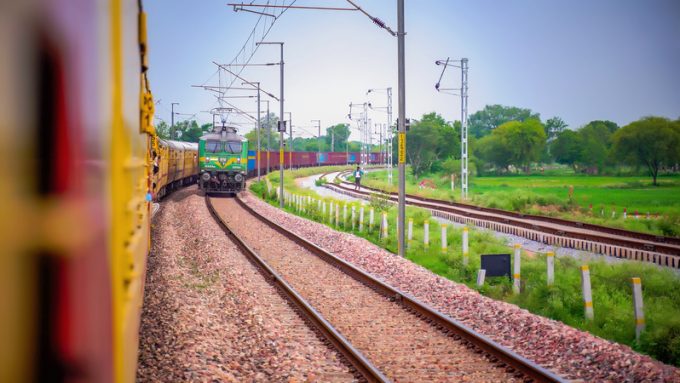New Delhi pushes for rapid sale of 30% of its shares in Concor
India’s government is looking to sell some 30% of its shares in rail operator Container ...

Indian exporters and importers – already roiled by high ocean freight rates – face new landside costs.
Indian Railways, the statutory body that operates the rail system, has rejigged an incentive package for the movement of laden boxes and empties.
The 5% discount on laden cargo haulage rates, fees levied by Railways on containerised rail operators for the use of its infrastructure network and introduced around mid-2020, when rail cargo loads plunged at the height of Covid lockdown, will be withdrawn from ...
Keep our news independent, by supporting The Loadstar
Volume surge and an early peak season? 'Don't celebrate too soon,' warning
Container spot rates diverge: to Europe still falling, but firmer to the US
Hapag-Lloyd won't take bookings if port congestion leaves cargo stranded
Ecommerce likely the front-runner in resurge of transpacific trade after deal
China-US trade tariff pause could drive a rebound for transpacific rates
Service chaos from trade ban with India a problem for Pakistan shippers
Shippers should check out the 'small print' in China-US tariff cuts
Airfreight rates ex-China 'loss-making', but hopes of a trade deal stay high
Carriers impose 'emergency operation' surcharges on Pakistan cargo
Serious threat to jobs in US logistics as tariffs cause economic 'stagflation'
15% rebate for box ships as Suez Canal Authority woos carriers
White House u-turns see freighters flying but keep logistics players on their toes
MSC in terminal switch as Nhava Sheva gets strong start to new fiscal year
Peak season or recession? Forwarders and shippers need to 'stay flexible'
Volga-Dnepr claims 'pirate' Canada has 'hijacked' its stranded aircraft


Comment on this article